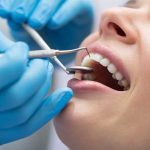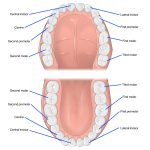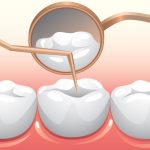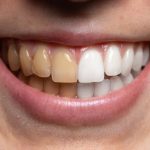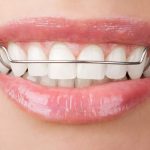Teeth Whitening Tips: How to Brighten Your Smile After Braces
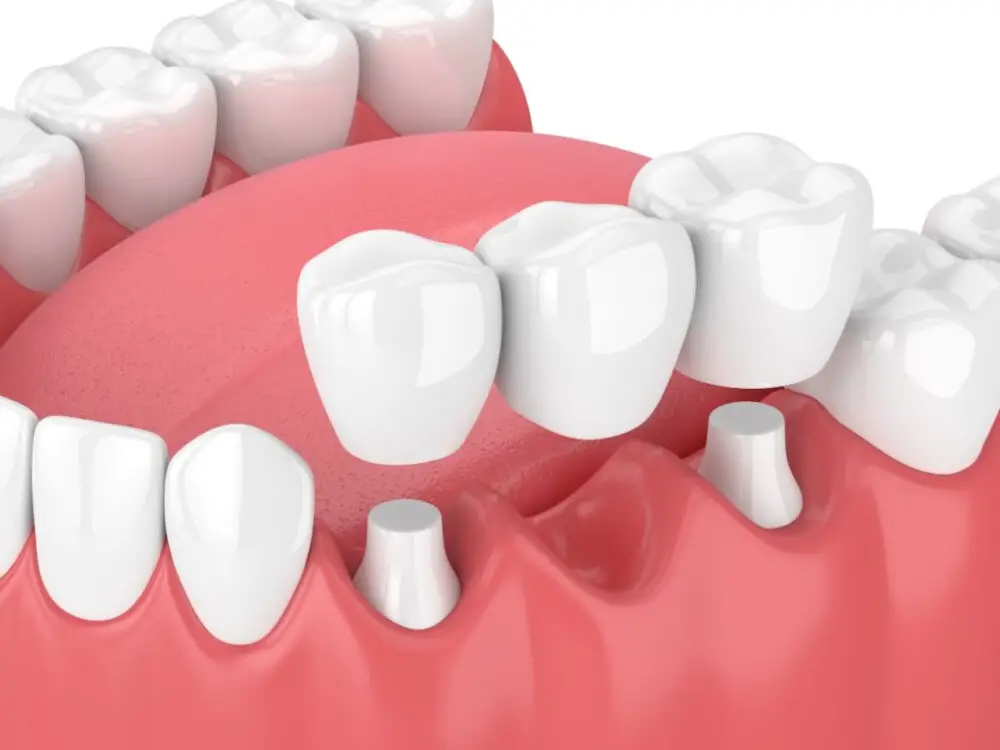
A smile is one of the first things people notice about us, and a bright, white smile can leave a lasting impression. If you have recently had braces removed, you may be looking for ways to enhance the appearance of your teeth and achieve a brighter smile. Braces can leave behind stains or discoloration, but there are several teeth whitening tips that can help you achieve a brighter, more confident smile. Teeth whitening has become a popular cosmetic dental treatment, with many different options available. From at-home whitening kits to in-office treatments, there are various ways to brighten your teeth and improve your smile. However, after wearing braces for an extended period, it’s essential to follow specific guidelines to ensure that your teeth and gums remain healthy and that the whitening process is effective. In this article, we will explore some of the best teeth whitening tips to help you brighten your smile after braces and achieve the stunning, confident smile you deserve.
After wearing braces, many people are left with yellowish or discolored teeth. This can be attributed to the accumulation of food particles and plaque during the orthodontic treatment, which can be difficult to clean. Fortunately, teeth whitening is an effective solution for achieving a brighter smile after braces. There are several teeth whitening options available, including at-home kits and professional treatments. At-home kits typically involve using whitening strips or trays with a bleaching agent, while professional treatments often use stronger whitening agents and may require multiple visits to a dentist. Regardless of the method chosen, it’s important to practice good oral hygiene habits and avoid foods and drinks that can stain teeth to maintain a bright, healthy smile.
Wait for the right time
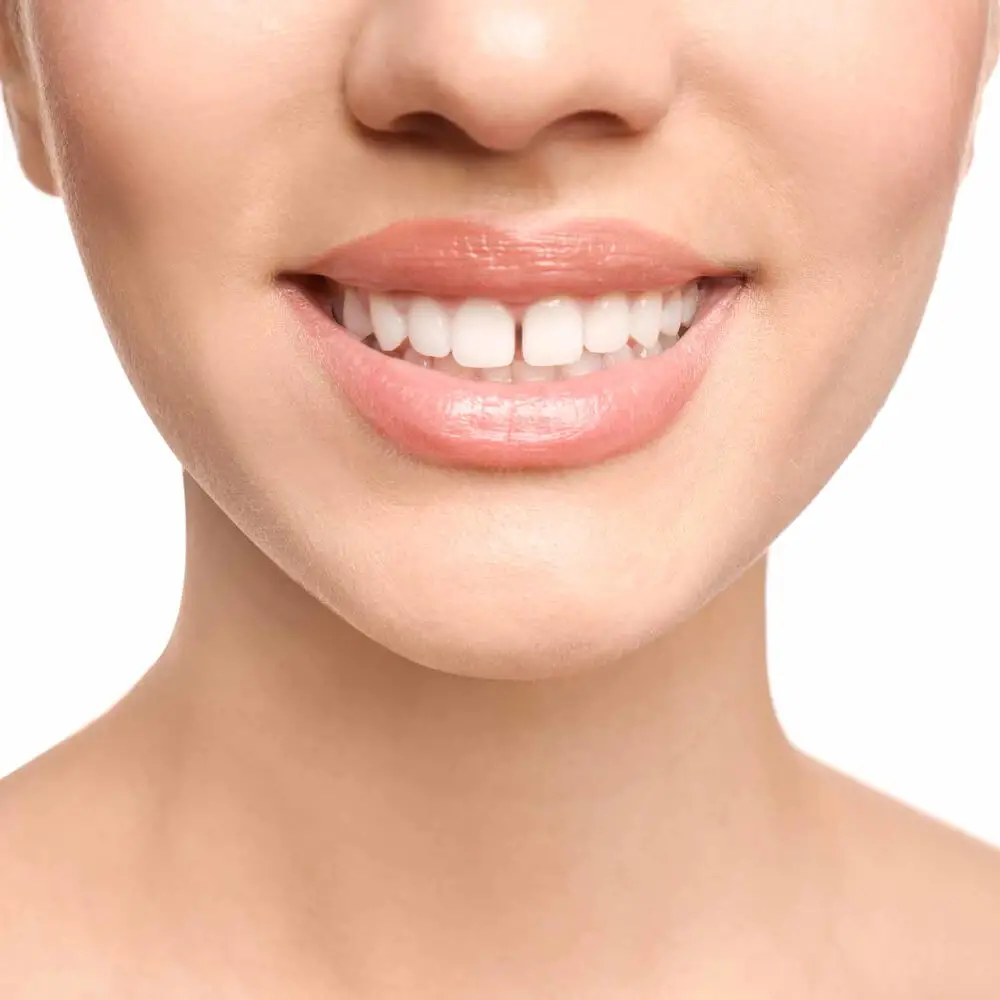
The process of teeth whitening after braces can be a daunting task, but it is essential to wait for the right time before attempting to whiten your teeth. It is recommended to wait at least a month after the braces are removed to allow your teeth to settle down and adjust to their new positions. During this waiting period, it is crucial to maintain good oral hygiene by brushing and flossing regularly to prepare your teeth for the whitening process. Rushing into the teeth whitening process can result in damage to your teeth and gums, causing sensitivity and irritation. The right time to whiten your teeth is when you have healthy teeth and gums, and they are free from any cavities or decay. Waiting for the right time also ensures that the whitening process will be more effective, and you will achieve the desired results. Therefore, patience is key when it comes to teeth whitening, and waiting for the right time will ensure that your smile remains bright and healthy.
It is crucial to wait for a few weeks after braces removal before starting to whiten your teeth. This is because the process of wearing braces can cause the enamel of your teeth to become weaker and more sensitive. If you start whitening too soon, you could damage your teeth even further. Waiting for a few weeks allows your teeth to adjust to their new position and for any potential sensitivity to subside. Additionally, it gives your orthodontist time to ensure that your teeth are healthy and free of any remaining adhesive before you start any whitening treatments. By being patient and waiting a few weeks, you can safely and effectively brighten your smile after braces.
Brush and floss regularly

Brushing and flossing your teeth regularly is one of the most important steps in maintaining good oral hygiene. This is especially important after getting braces removed as it can be difficult to clean between the wires and brackets. Brushing twice a day with a soft-bristled toothbrush and fluoride toothpaste will help remove any leftover plaque or food particles. Flossing should also be performed at least once a day to remove any debris that may be stuck between the teeth. It is important to use a floss threader to get the floss under the wires and around the brackets. Additionally, using an interdental brush can help clean hard-to-reach areas between the teeth and braces. In addition to keeping your teeth healthy, regular brushing and flossing can also help keep your teeth white. This is because it removes surface stains and prevents yellowing. However, it is important to note that brushing too hard or using abrasive toothpaste can actually damage the enamel and make teeth more susceptible to staining. Therefore, it is important to use a gentle touch and a toothpaste that is specifically designed for sensitive teeth. It is also important to avoid food and drinks that can stain teeth such as coffee, tea, and red wine. By following these tips, you can achieve a bright and healthy smile after getting braces removed.
Maintaining good oral hygiene is crucial for keeping teeth healthy and white. Brushing twice a day, flossing daily, and using mouthwash can prevent plaque buildup, which can lead to tooth decay and gum disease. Additionally, avoiding foods and drinks that stain teeth, such as coffee, tea, and red wine, can help keep teeth looking white. Regular dental checkups and cleanings are also important for removing stubborn stains and ensuring that teeth and gums remain healthy. By following these steps, individuals can maintain a bright, healthy smile even after having braces removed.
Choose the right whitening method
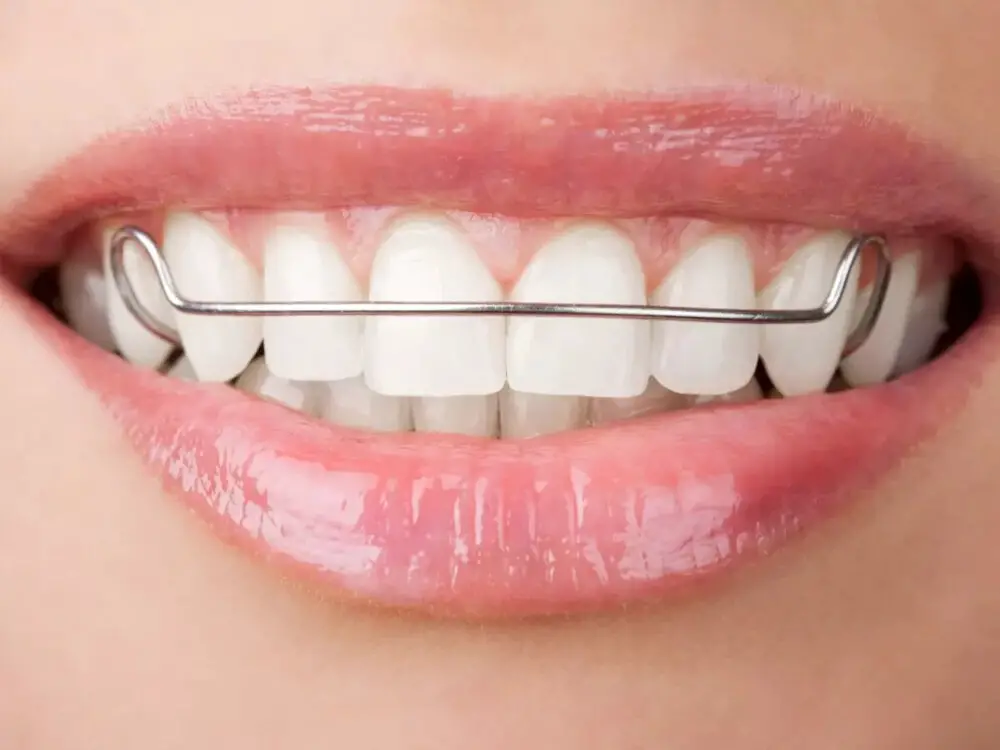
Achieving a bright and white smile after getting braces off is a common desire for many people. However, it is important to choose the right whitening method to ensure the best results and to avoid causing damage to your teeth. There are several options available, including over-the-counter whitening kits, professional teeth whitening at a dental office, and natural remedies. Over-the-counter whitening kits can be effective, but it is important to select a product that is safe and gentle on teeth. Some kits can contain harsh chemicals that can damage the enamel and cause sensitivity. Professional teeth whitening at a dental office is also an option and can provide quick and noticeable results. However, it can be expensive and may not be suitable for everyone. Natural remedies such as baking soda and hydrogen peroxide can also be effective, but it is important to use them in moderation and with caution. When choosing a whitening method, it is important to consider your dental health and any previous dental work. For example, if you have sensitive teeth or gum disease, it is important to choose a method that is gentle and will not cause further damage. Additionally, if you have any dental restorations such as crowns or veneers, it is important to choose a method that will not damage or discolor them. Consulting with a dental professional can help you determine the best whitening method for your specific needs and ensure that you achieve a brighter, healthier smile.
There are various methods of teeth whitening available, from over-the-counter products to professional treatments. Over-the-counter products such as whitening toothpaste, strips, and gels can effectively remove minor stains on the surface of teeth. However, they may not be as effective in removing deeper stains or achieving a significant difference in shade. Professional treatments, on the other hand, offer more powerful and efficient results. In-office whitening treatments involve the use of high-concentration bleaching agents and specialized equipment to whiten teeth. At-home professional treatments typically involve custom-made trays filled with a bleaching gel that is worn for a specified period. While both methods can produce impressive results, professional treatments are generally more expensive.
Maintain results with lifestyle changes

After completing orthodontic treatment, patients often want to maintain their new, straight smile. Teeth whitening is a popular option, but it’s important to remember that lifestyle changes are necessary to keep teeth bright and healthy. One of the most important things to do is to avoid foods and drinks that can stain teeth, such as coffee, tea, red wine, and dark berries. Smoking and chewing tobacco can also cause teeth to become discolored, so it’s best to quit these habits altogether. In addition to avoiding staining substances, there are other lifestyle changes that can help maintain a bright smile. Regular dental cleanings and checkups are essential to keep teeth healthy and clean. Brushing twice a day and flossing daily can also help prevent stains and keep teeth looking their best. Using a whitening toothpaste can be helpful as well, as it can remove surface stains and keep teeth looking bright. By making these lifestyle changes, patients can enjoy a beautiful smile for years to come.
Maintaining white teeth can be a bit challenging, especially if you love consuming staining foods and drinks such as coffee, tea, and red wine. However, there are a few tips that can help you keep your teeth white and bright. First and foremost, avoid or limit the consumption of staining foods and drinks. Quitting smoking can also help prevent yellowing of teeth. Brushing and flossing regularly can help remove plaque buildup, which can cause discoloration. Additionally, using whitening toothpaste or consulting with a dentist for professional teeth whitening treatments can also help you achieve a brighter smile. Remember, taking care of your teeth is essential not just for cosmetic purposes but also for your overall health.
After getting your braces removed, you might feel like your teeth have lost their luster. Luckily, there are several ways to whiten your teeth and achieve a brighter smile. The first step is to maintain good oral hygiene by brushing twice a day and flossing regularly. You can also try whitening toothpaste or strips, or visit a dentist for professional teeth whitening treatments. It’s important to note that not all whitening treatments are suitable for everyone, especially those with sensitive teeth or dental restorations. Consulting with a dentist can help you determine the best whitening option for your individual needs. Don’t let discolored teeth hold you back from smiling confidently – explore your teeth whitening options and consult with a dental professional for personalized advice.
Conclusion
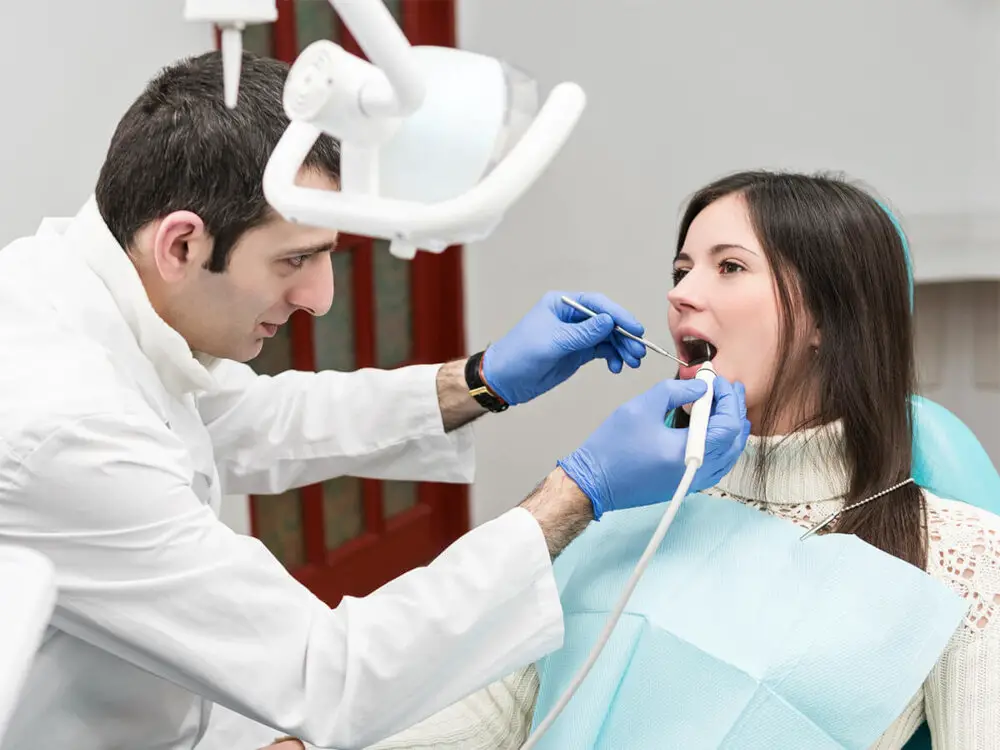
In conclusion, achieving a brighter smile after braces is not only possible but also easy with the right tips and techniques. From adopting a healthy oral hygiene routine to using whitening products, there are various ways to whiten your teeth after braces. You can also seek professional help from your dentist or orthodontist for more effective and long-lasting results. Remember to maintain good oral habits and avoid habits that cause discoloration to keep your smile bright and beautiful. With these tips, you can confidently show off your dazzling smile and feel great about yourself.


